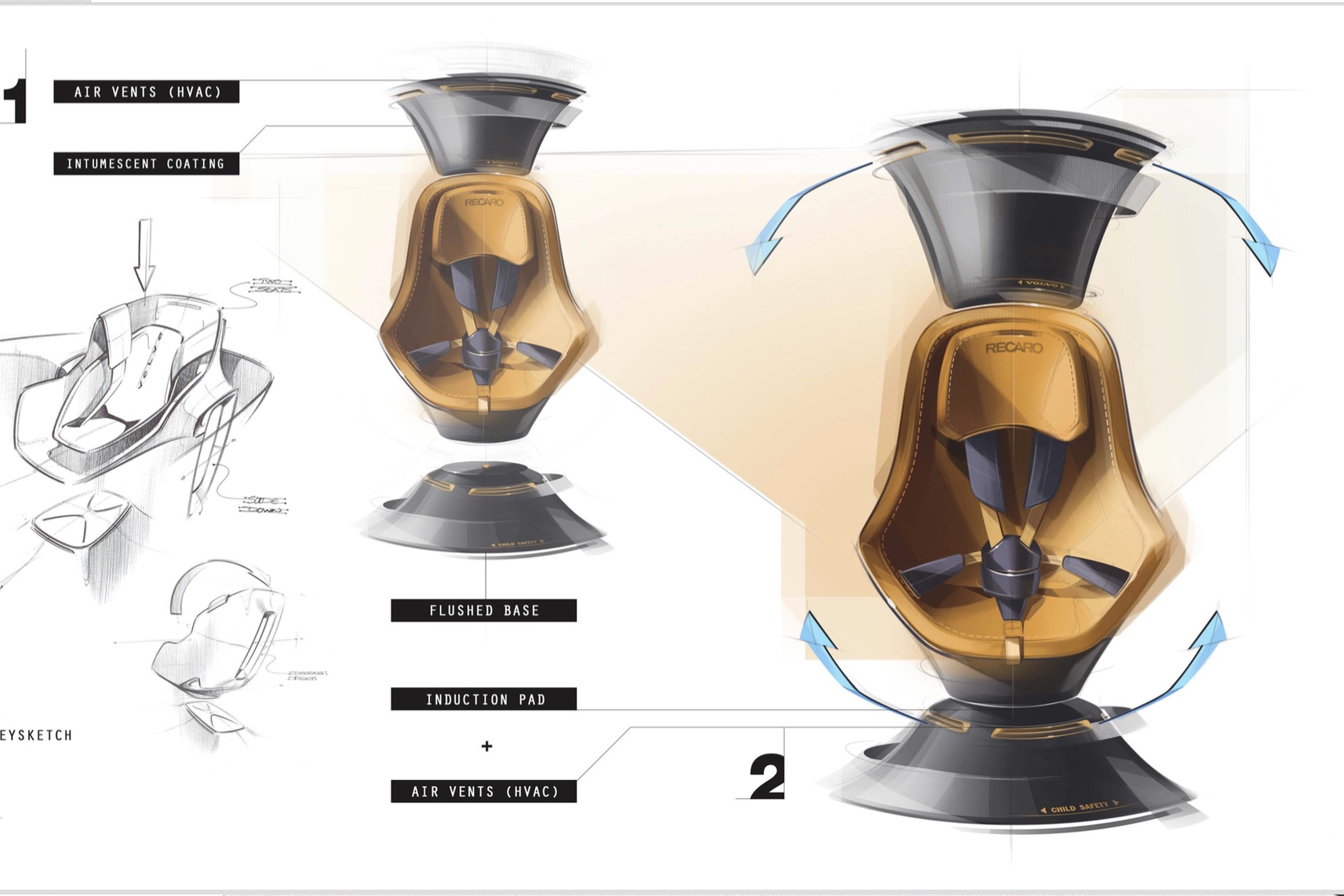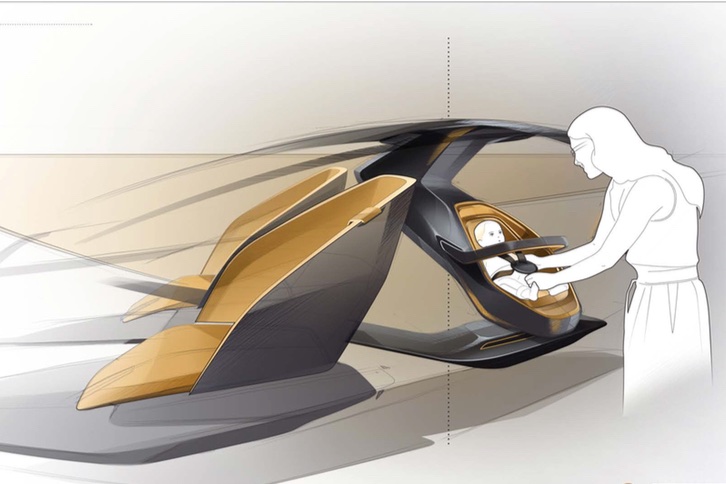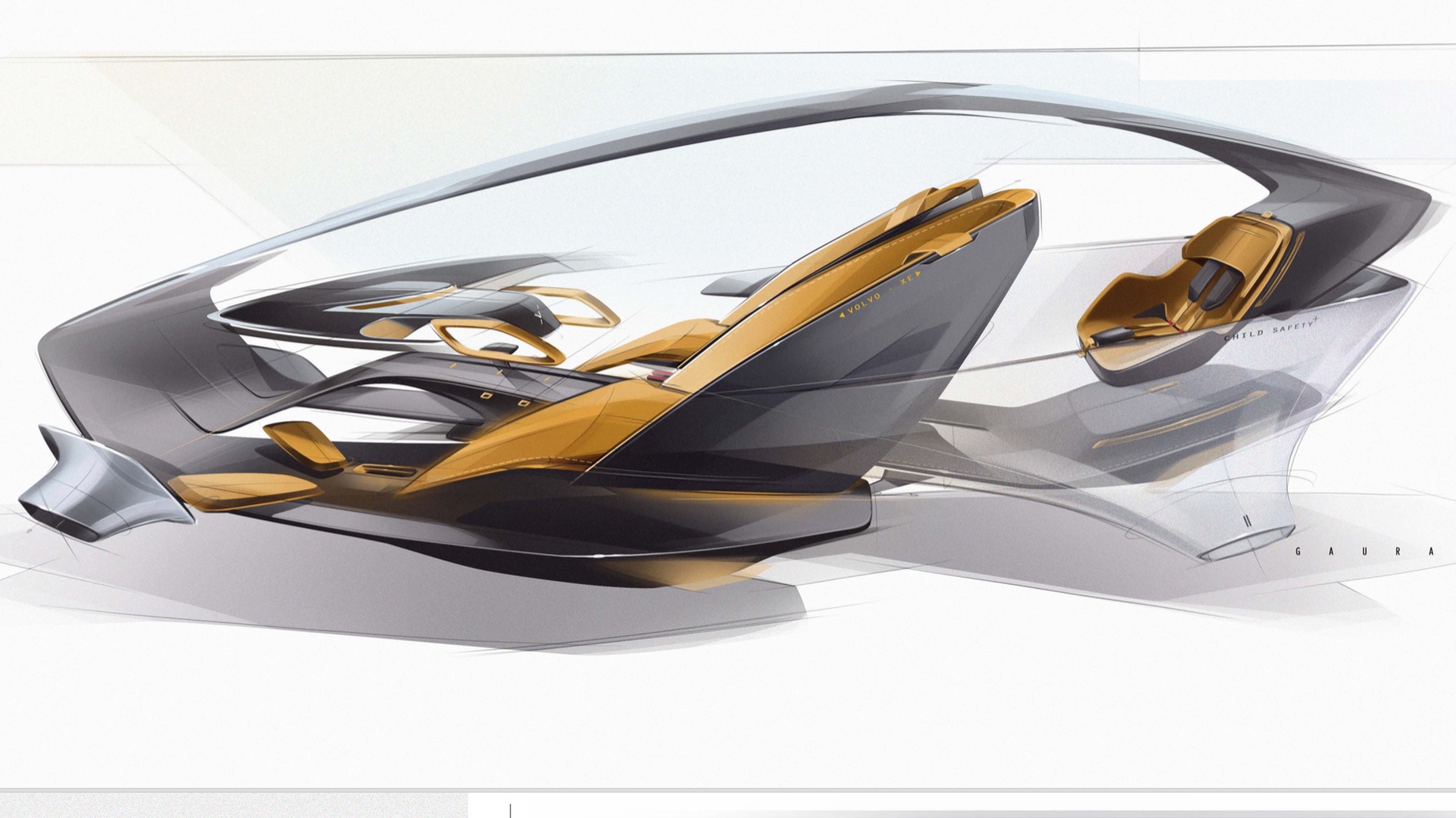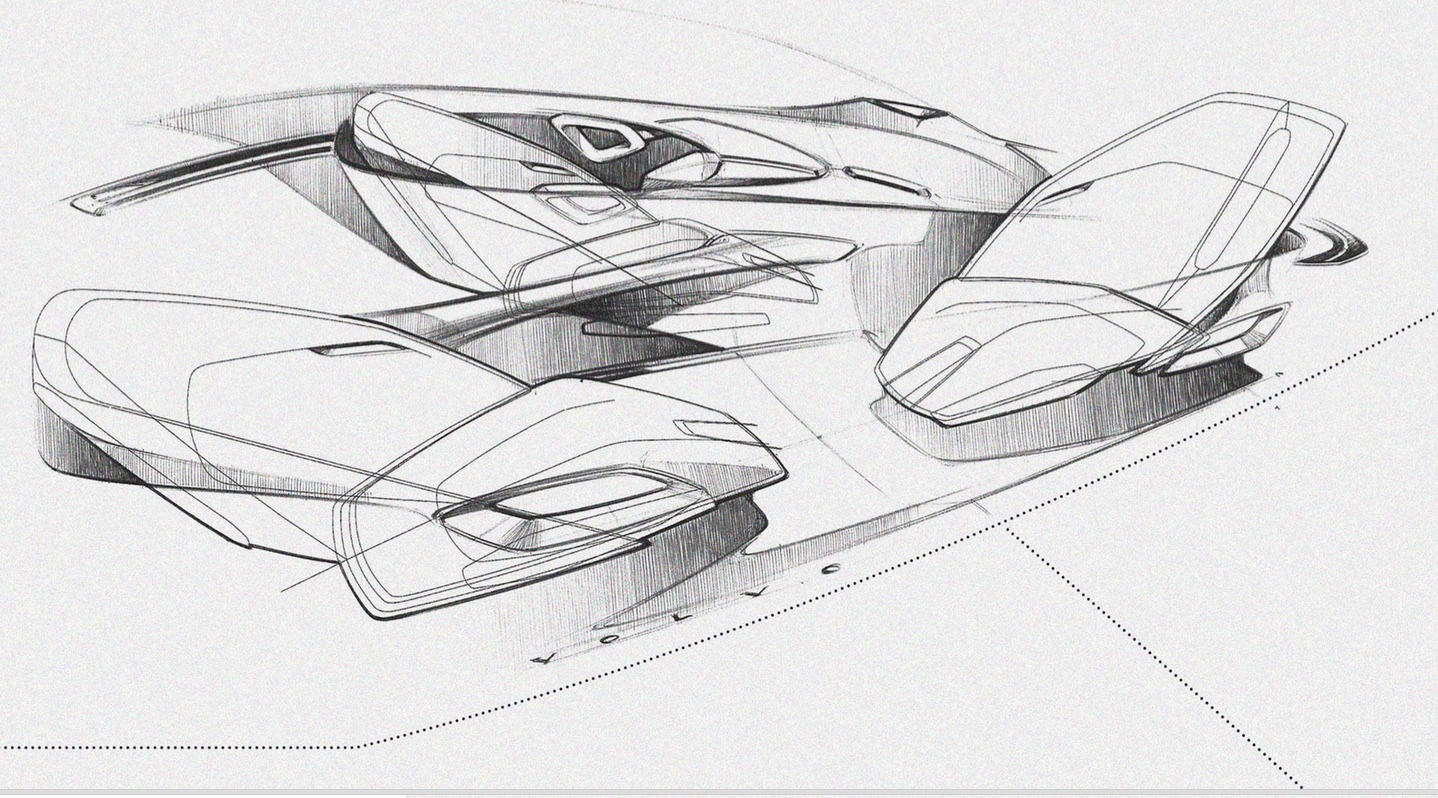Move Award 2016: Futuristic Car Design
Vehicle design students have been recognised for their next-gen mobility concepts at the Move Award 2016, held at Milan Design Week this month.
Move Award 2016: Futuristic Car Design
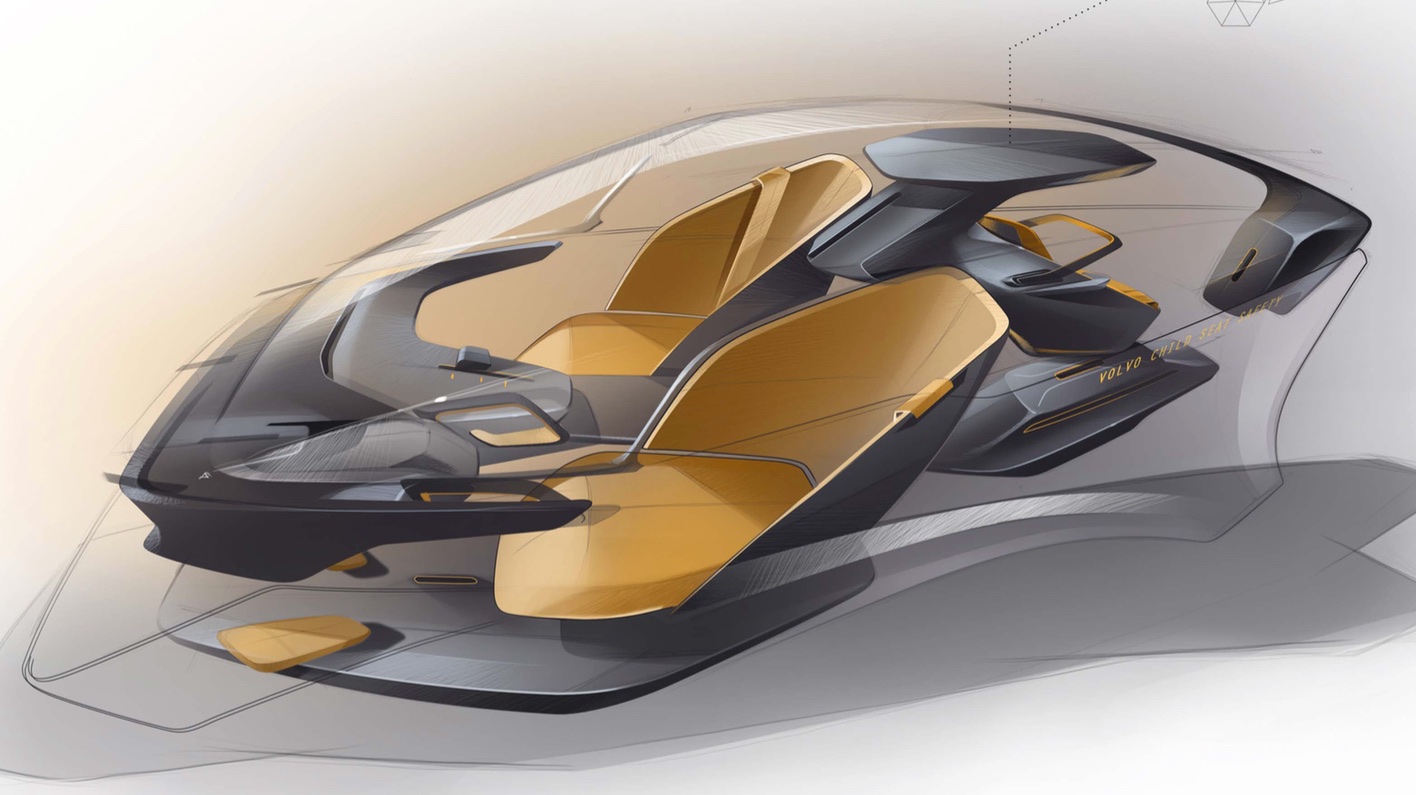
Vehicle design students have been recognised for their next-gen mobility concepts at the Move Award 2016, held at Milan Design Week this month.
The competition challenged entrants to consider what the car of 2050 might look like and how it might address changing mobility demands. Winners received an internship in the design department of one of the supporting brands, including leading manufacturers Volvo, BMW, Volkswagen and Mercedes-Benz. The winning concepts were:
- Gen Z Journeys: Polish designer Filip Król explored the attitudes of Gen Z (aged seven to 21) to envision what these consumers might desire in a future car. He discovered this demographic is particularly tech-savvy and pragmatic, and expresses concern over social and environmental issues (see Gen Z Wants to Change the World and Gen Z: Tech Titans for more).
One of Król's resulting designs is an energy-efficient electric vehicle for one that drives autonomously and takes up very little space on the road, thanks to its streamlined design. There is no steering wheel, as passengers move around by setting new destinations on a map using their smartphones. The connected car would update its operating system automatically for ongoing improvements, much like Apple computers do today.
Król's other vehicle concept, called The Cloud, is aimed at transporting larger groups of people. It comprises a simple interior, where passengers sit facing each other and can either socialise or work, as well as an extended outdoor area. "The car will no longer only determine social status, but will become a connected device... which enables work, communication and moments of luxury in private personal space in a crowded city," said Król.
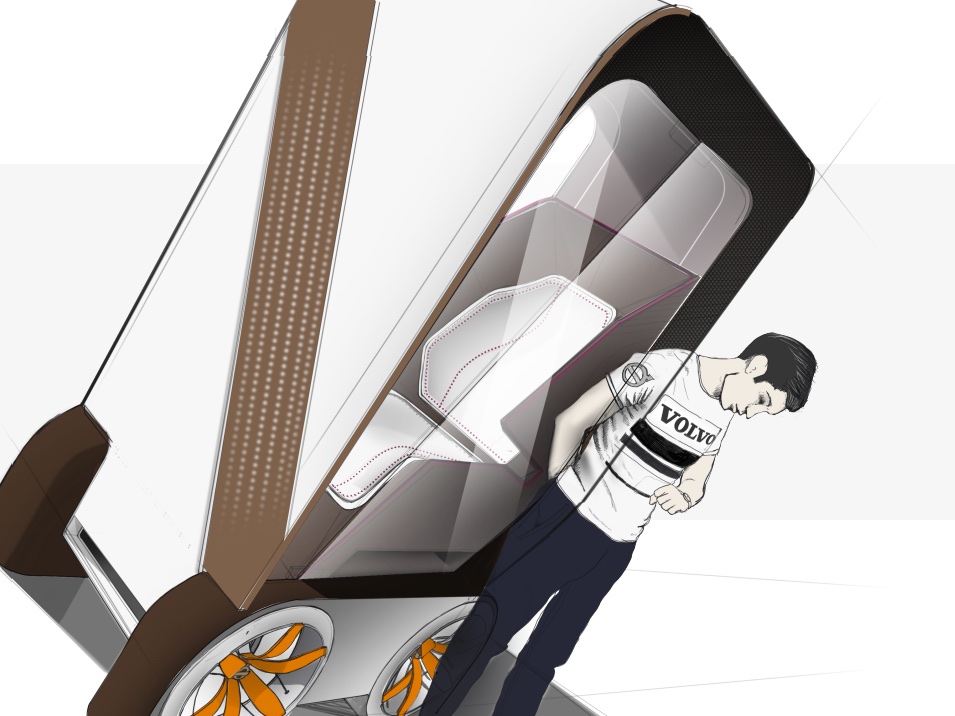
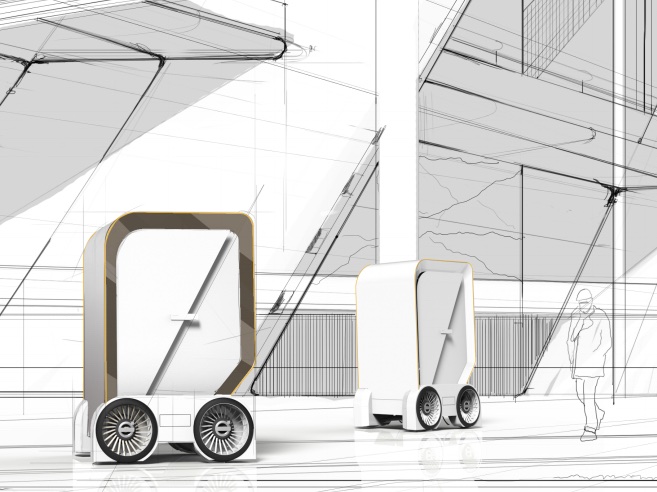
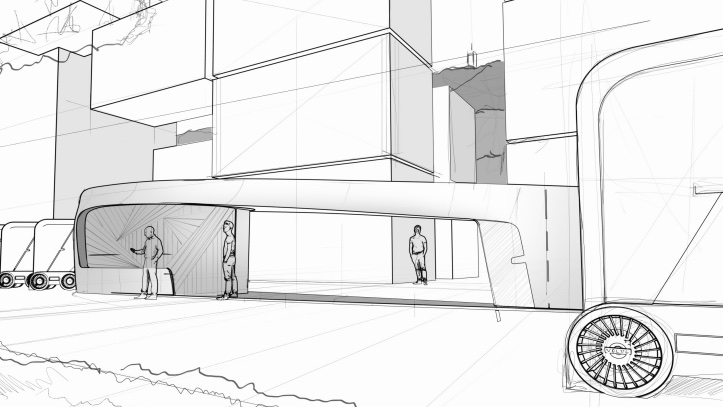
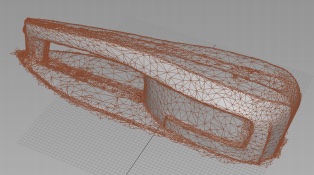
- Self-Commuting Cars: German design student Moritz Seifert designed a self-driving commuter car, with the aim of creating an easier journey to and from work for future employees. Specifically, Seifert intends for a fleet of the vehicles to be used by Volkswagen workers in Wolfsburg, Germany, in a pilot project he calls Classicula.
Riders can work in a space that acts as an extension of their office and sleep as comfortably as they would in a bed. The workspace area allows users to project digital content onto a flexible, touch-sensitive fabric desk in front of them, providing a more pleasant interface than a computer keyboard and screen. Should a rider wish to sleep, the windows become opaque and the floor rises to form a horizontal surface for lying down.

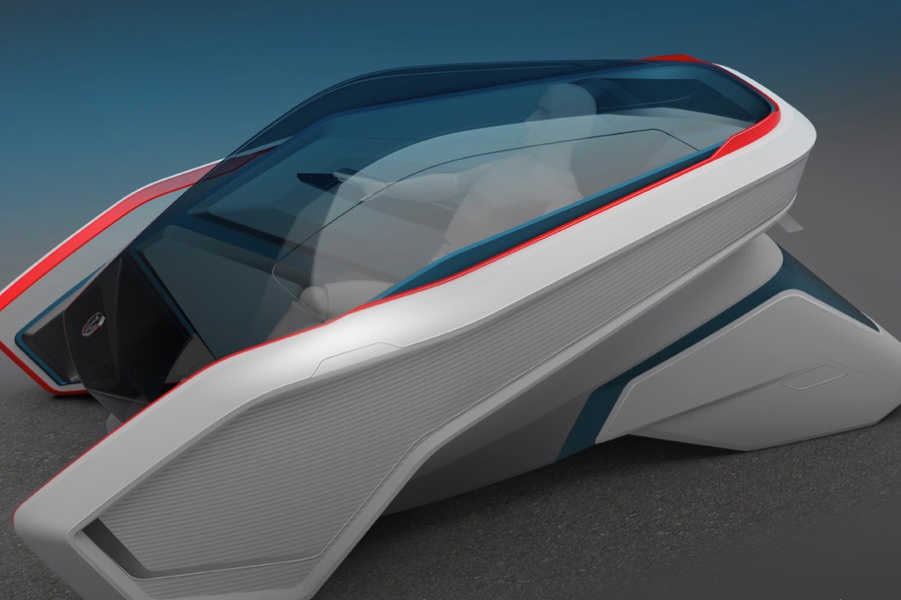


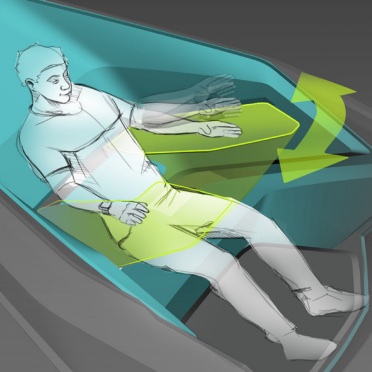

- Luxury Lounge: Malaysian student Irfendy Mohamad received praise for his Be-X concept: a sleek, luxurious autonomous vehicle, designed with a young family in mind. A detachable passenger lounge uses electromagnetic technology to levitate above and behind the vehicle's base when it's in motion, inspired by parasailing.
When the floating lounge is low on energy, it lowers back inside the base section to recharge. The interior of the passenger lounge contains a touchscreen display for entertainment. Riders can recline in comfortable seats that encircle the space. A single, horizontal door spanning the length of the vehicle allows for easy access.
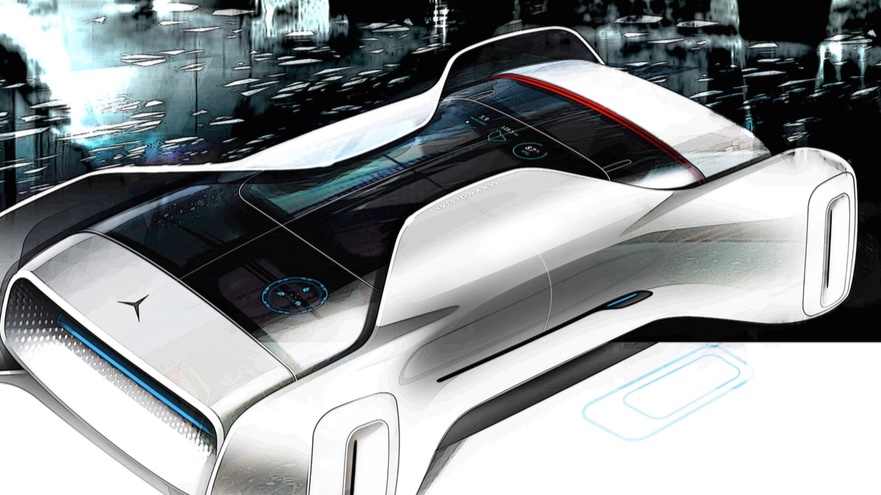
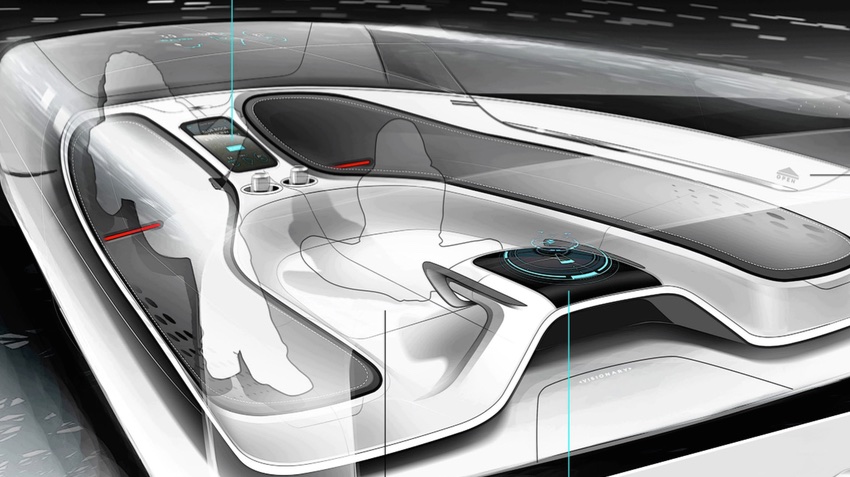
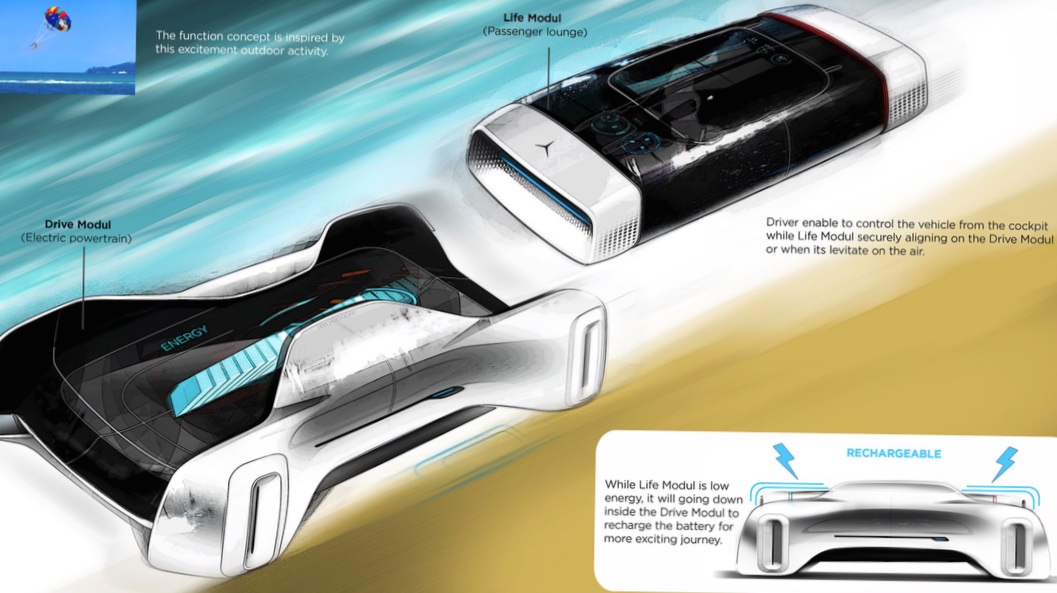
- Child Safety First: Gaurang Nagre from India proposed a concept for making car seats that better protect babies and children against temperature fluctuations and collisions.
To guard children from heatstroke, Nagre took inspiration from the natural cooling system of a termite hill. The seats are suspended between the roof and the floor of the vehicle, and move independently with the contraction and expansion of air. As the air heats up, it rises and projects the child's chair downwards towards the cooler area. The seats also vary in colour, owing to a shape-changing material called Martensite that alters in molecular structure when it warms and cools.
Three seat variations include rear-facing, front-facing and booster options, ensuring a child is kept safer, from newborn to 12 years of age. All three include side-impact protection and easily adjustable straps.
For more on the future of mobility, see Radical Transport and CES 2016: Automotive.
